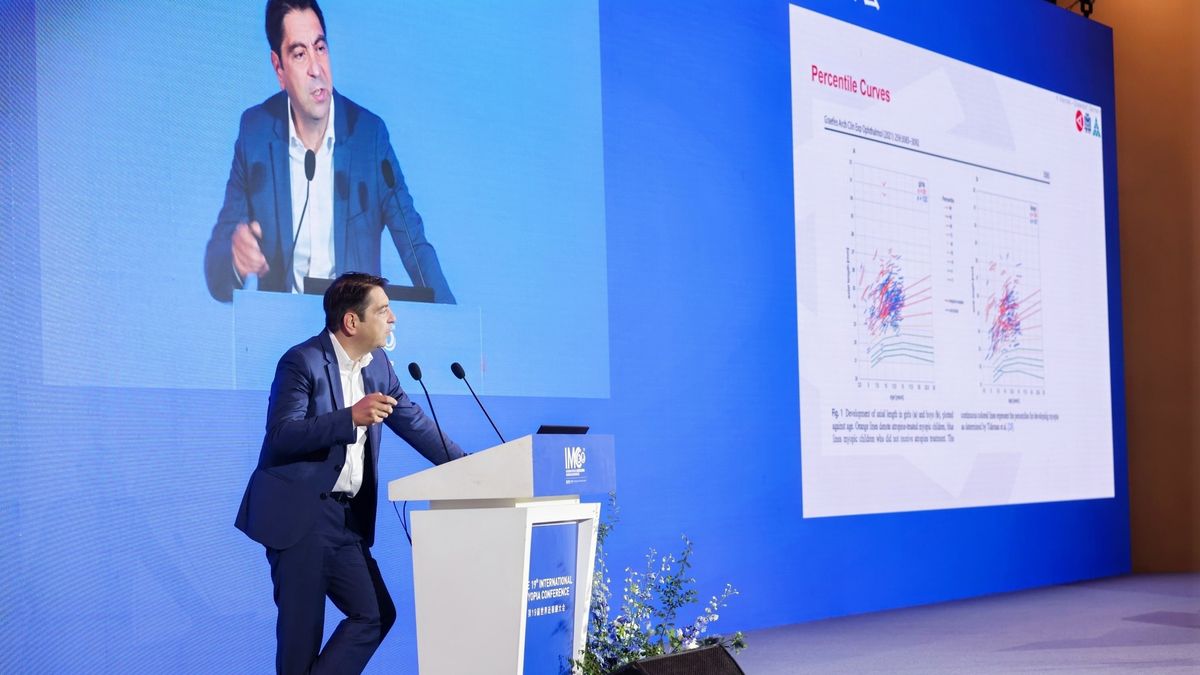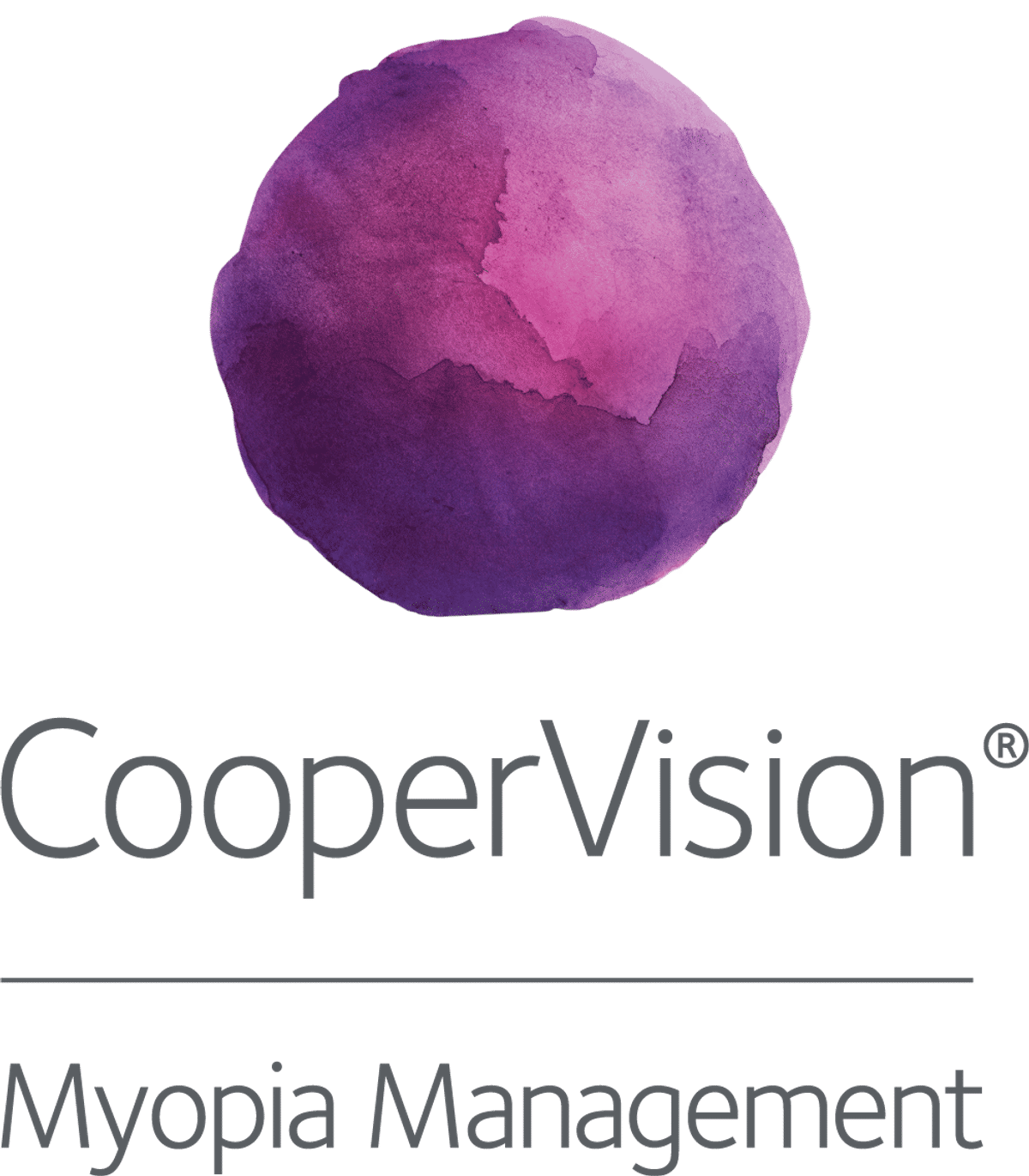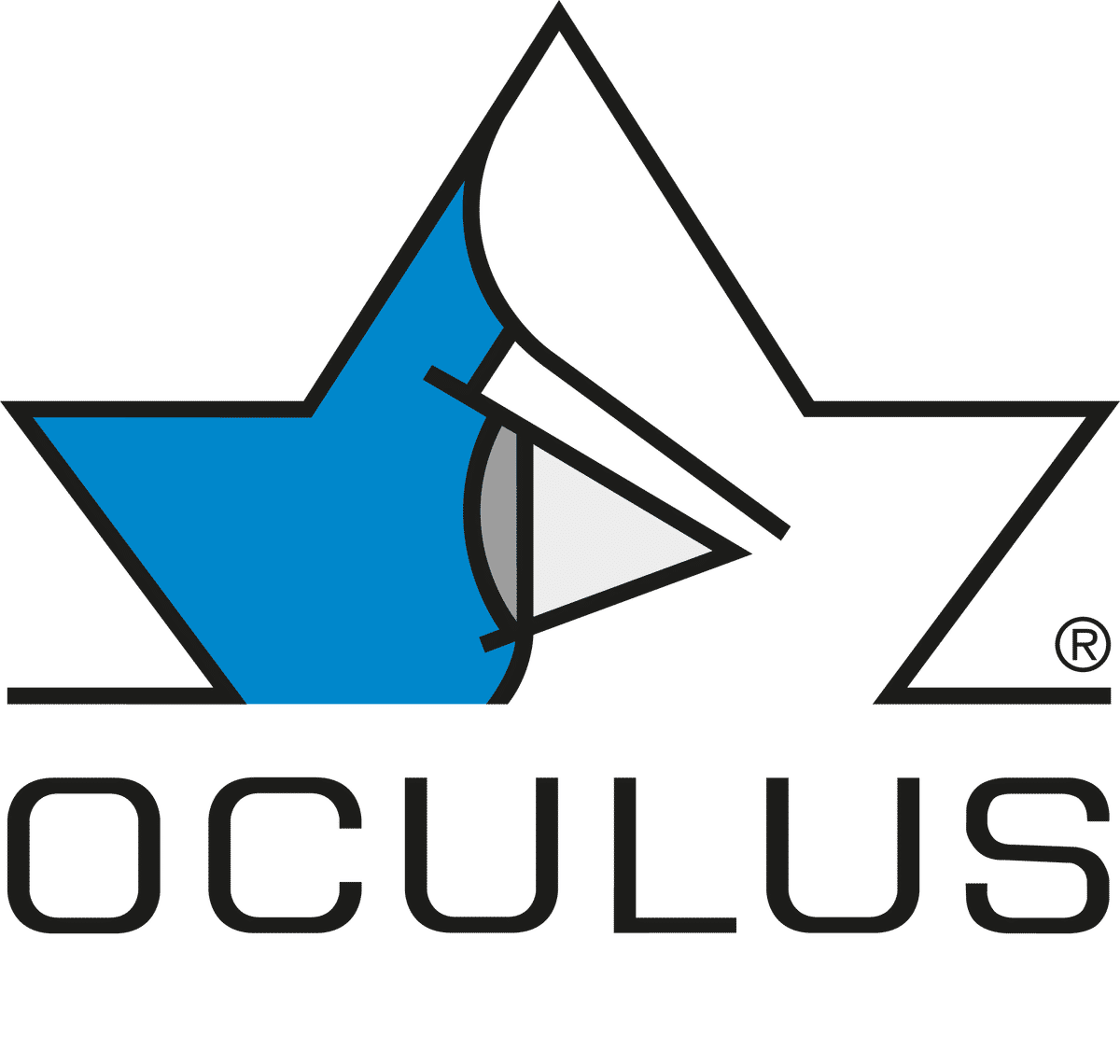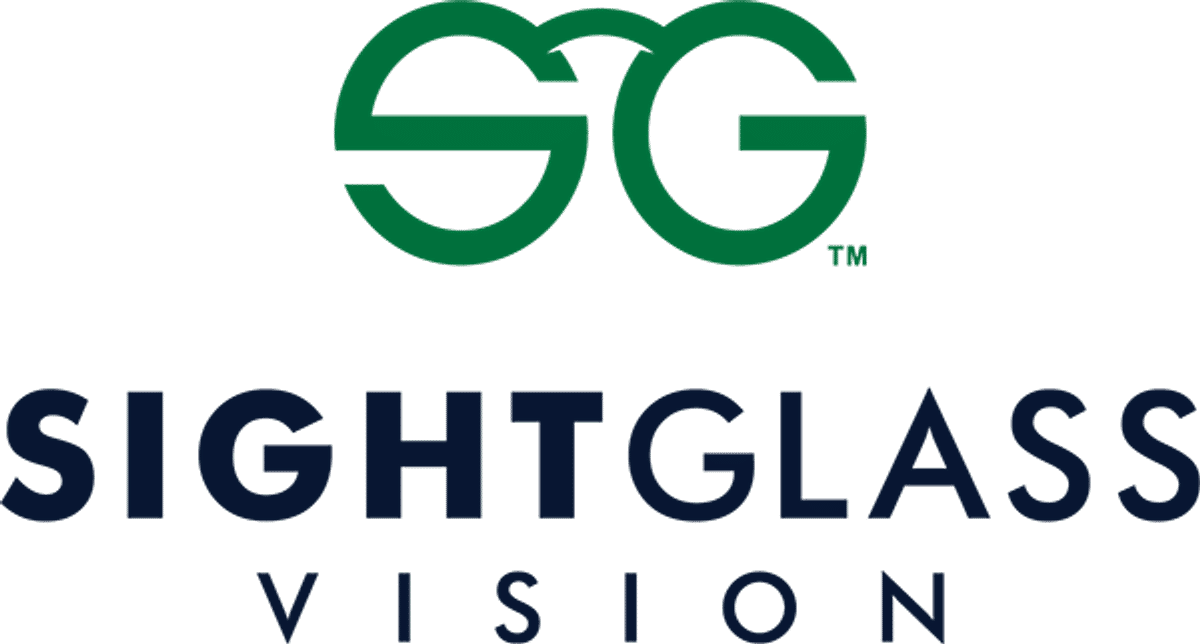Science
The HOYA IMC 2024 showcase: visual environment, combination treatment and MiYOSMART spectacle lenses

Sponsored by
In this article:
HOYA made a significant impact at the International Myopia Conference (IMC) 2024 in Sanya, China, presenting 21 abstracts on advancements in myopia research and management. Key findings included the long-term efficacy of DIMS spectacle lenses, early results in pre-myopic children, insights on physiological eye growth as a treatment target, European population outcomes, combination therapy with atropine, and the influence of urban environments on myopia prevalence.
- Eight Years of Wearing Defocus Incorporated Multiple Segments (DIMS) Spectacle Lenses: User Experience and Myopia Control Outcomes
- Preliminary results and adaptability to the Defocus Incorporated Multiple Segments spectacle lenses among pre-myopic children of preschool age
- A comparison of clinical trials investigating the efficacy of myopia control with an age-matched normal axial growth analysis
- Is physiological axial length growth achieved with DIMS spectacle lenses in myopic children? A retrospective analysis of real-life results in a German clinical setting
- Effectiveness of Defocus Incorporated Multiple Segments (DIMS) spectacle lenses on myopia control in Romanian children: 1-year results
- Defocus Incorporated Multiple Segments spectacle lenses and 0.025% atropine for myopia control in a European population: 12-month results of a randomized clinical trial
- Increasing myopia and associations with deprivation and rural/urban environments in children aged 3.5–5.5 years in Scotland
- A Multi-Site Observational Study of Defocus Incorporated Multiple Segments (DIMS) spectacle lenses in UK children: 2-year results
The International Myopia Conference (IMC) 2024, held from September 25–28 in Sanya, China, brought together leading experts in optometry and ophthalmology to discuss the latest advancements in myopia research and management. This conference provided an invaluable platform for exchanging knowledge and advancing efforts to combat the global myopia pandemic. HOYA and their research collaborators contributed significantly to the event, presenting twenty-one abstracts. This summary highlights eight key contributions, covering critical topics such as long-term outcomes of the DIMS spectacle lens up to eight years from the original Hong Kong randomised controlled clinical trial; early positive results of photochromic DIMS spectacles for pre-myopic children; physiological eye growth as a myopia treatment target; more data on outcomes in European populations; combination treatment efficacy with atropine; effects of the urban environment on myopia prevalence, and more. Complete abstracts and posters of each of the summaries can be viewed on HOYA’s website here. You can also watch a summary of the key abstracts presented by the researchers here.
Pictured above is Professor Hakan Kaymak, Chief Ophthalmologist at Breyer, Kaymak & Klabe Eye Surgery in Düsseldorf, Germany who presented on physiological eye growth in children wearing DIMS spectacle lenses.
Eight Years of Wearing Defocus Incorporated Multiple Segments (DIMS) Spectacle Lenses: User Experience and Myopia Control Outcomes
Authors: Carly Siu Yin Lam (1), Tse Wing Leung (1), Hanyu Zhang (2), Mui Yee Kwok (1), Kenneth Ka King Liu (1), Fang Yu Xu (3), Natalia Vlasak (4)
- Centre for Myopia Research, School of Optometry, The Hong Kong Polytechnic University
- Eye and Vision Science Research Institute of Nankai University, Tianjin, China
- Centre for Eye and Vision Research, Hong Kong
- HOYA Vision Care, Research and Development, Amsterdam, the Netherlands
Summary
This study assessed the long-term safety, effectiveness and user experience of DIMS spectacle lenses for myopia management in participants from the original 2-year randomized controlled clinical trial (RCT) undertaken in Hong Kong, followed by 6 years of monitoring. Of the 75 participants aged 16–21 years who completed the 8-year follow-up, 61.8% of Group 1 (6 years of DIMS use) and 60% of Group 3 (4 years of DIMS after 2 years of single-vision spectacles) continued wearing DIMS lenses. In contrast, most participants in Groups 2 and 4, who had shorter durations of DIMS use (3.5 and 1.5 years, respectively), reverted to single-vision spectacles by the 8-year visit. Reasons for discontinuing DIMS spectacle lenses included the lack of free clinical trial lenses (48%), cost (22%), switching to other myopia control methods (22%), discomfort (4%), or no longer needing myopia control (4%). Despite these differences, all participants reported satisfaction with DIMS spectacle lenses and credited the RCT with increasing their awareness of myopia management. Regarding effectiveness, axial elongation was significantly slower in participants who continued wearing DIMS spectacle lenses compared to those who switched to single-vision spectacles in years 7 and 8. Specifically, Group 1 had an axial elongation of 0.081 ± 0.037 mm, whereas those who switched to single-vision spectacles showed an elongation of 0.205 ± 0.040 mm, resulting in a mean difference of -0.15 ± 0.04 mm. While myopia management solutions may involve higher initial costs, these expenses could be offset or exceeded over a lifetime by reduced progression, simpler lens prescriptions, and a lower risk of pathological complications and vision loss.1 These results highlight the sustained use of DIMS spectacle lenses in groups with longer exposure, suggesting that initiating myopia management early may improve adherence and underline the need to address cost and accessibility.
Preliminary results and adaptability to the Defocus Incorporated Multiple Segments spectacle lenses among pre-myopic children of preschool age
Authors: Hsin-Yu Yang (1), Der-Chong Tsai (2), Yu-Chieh Yang (3), Chiao-Yu Wang (2)
- Taipei Veterans General Hospital Yuanshan and Suao Branch, Yilan, Taiwan
- Department of Ophthalmology, National Yang Ming Chiao Tung University Hospital, Yilan, Taiwan
- Department of Ophthalmology, Show Chwan Memorial Hospital, Changhua, Taiwan
Summary
This pilot study evaluated the adaptability and early outcomes of DIMS photochromic spectacle lenses in 24 preschool-aged pre-myopic children (mean age 5.4 years) with cycloplegic refraction ranging from ≤ +0.75D to > −0.50D in Taiwan. Participants were instructed to wear the lenses full-time (≥10 hours daily). After one week, 16.7% reported mild visual complaints, with visual strain or discomfort in 8.3%, and 8.3% required lens position adjustments; however, all parents chose to continue lens use. At three months, SER showed a slight increase from 0.38D to 0.42D, AL grew minimally from 22.48 mm to 22.54 mm, and central choroidal thickness increased from 351.3 μm to 359.8 μm. Delaying the onset of myopia by just one year could reduce final myopia levels by 0.75D or more which is equivalent to the effect of 2–3 years of current myopia control treatments.2 These findings demonstrate DIMS photochromic spectacle lenses are well-tolerated with full-time wear in pre-myopic preschool children with encouraging early changes in myopia-related parameters, showing potential as an early intervention to delay myopia onset.
A comparison of clinical trials investigating the efficacy of myopia control with an age-matched normal axial growth analysis
Authors: Ann-Isabel Mattern (1), Birte Graff (1), Machteld Devenijn (1), Hakan Kaymak (1)
- International Innovative Ophthalmic Surgery GbR Breyer Kaymak Klabe, Düsseldorf, Germany
Summary
This study reviewed the results from clinical studies evaluating the effectiveness of various myopia control strategies in slowing axial length (AL) growth in children, categorized using the Age-Matched Myopia Control (AMMC) model. The AMMC classifies AL growth as physiological (ie. the rate of emmetropic children), moderately excessive, or highly excessive while accounting for age. Treatments judged least effective by these metrics (‘highly excessive AL growth’) were 0.01% and 0.025% atropine, spectacle lenses with slightly aspherical lenslets, and medium add (+1.50D) multifocal soft contact lenses (+1.50 Add). Atropine 0.05% resulted in moderately excessive growth, while high add (+2.50D) multifocal contact lenses showed moderate growth initially but excessive growth by the third year. More effective interventions included DIMS spectacle lenses and dual-focus soft contact lenses, which achieved physiological AL growth over six years, and diffusion optics technology test lens 2, which also demonstrated physiological growth over 2 years. Highly aspherical spectacle lenses demonstrated physiological growth in the first year but shifted to highly excessive growth in the second and third years. These findings highlight the variability in long-term effectiveness among myopia management strategies and emphasize the importance of selecting evidence-based interventions tailored to the patient’s age and progression risk. Eye Care Professionals should regularly monitor the effectiveness of myopia management strategies over time and be ready to adjust treatment plans if a decline in effectiveness becomes apparent, which may occur after one or two years.
Is physiological axial length growth achieved with DIMS spectacle lenses in myopic children? A retrospective analysis of real-life results in a German clinical setting
Authors: Hakan Kaymak (1,4,5), Birte Neller (1,2), Kai Neller (1,2), Ann-Isabel Mattern (1), Machteld Devenijn (1), Achim Langenbucher (2), Berthold Seitz (3), Hartmut Schwahn (1)
- Internationale Innovative Ophthalmic Surgery GbR Breyer Kaymak Klabe, Düsseldorf, Germany
- Institute of Experimental Ophthalmology, Saarland University, Saarbrücken, Saarland, Germany
- Department of Ophthalmology, Saarland University Medical Center and Faculty of Medicine, Saarland University, Homburg/Saar, Germany
- Gottfried O.H. Naumann-Institute of Epidemiology and Prevention of Myopia, Saarland University, Homburg, Germany
- MVZ Makula-Netzhaut-Zentrum Breyer Kaymak Klabe, Düsseldorf, Germany
Summary
This retrospective analysis assessed the effectiveness of DIMS spectacle lenses in slowing down axial length (AL) growth in 166 eyes over 12 months, using the Age-Matched Myopia Control (AMMC) system to evaluate outcomes. Treatment success, defined as AL growth within the physiological range (green zone), was achieved in 46% of eyes overall. In European children, those who were older and with moderate baseline AL demonstrated higher success rates, whereas younger children and those with high baseline AL showed lower success rates. Among males with high baseline AL, only 25% achieved treatment success, compared to 73% for those with moderate baseline AL. Females showed similar trends but the difference was not statistically significant. These findings suggest that while DIMS spectacle lenses are effective as a monotherapy for many children, younger age4,5 and high baseline AL5 may indicate likelihood of fast progression and may require additional interventions. For these children, combination treatment with DIMS spectacle lenses and low-dose atropine can be considered from the outset to improve outcomes.
Effectiveness of Defocus Incorporated Multiple Segments (DIMS) spectacle lenses on myopia control in Romanian children: 1-year results
Authors: Daniela Goicea (1), Irina Stefan (1), Sorana D. Bolboaca (2)
- Focus Optic, Bucharest, Romania
- Iuliu Hatieganu University of Medicine and Pharmacy, Cluj-Napoca, Romania
Summary
This observational study assessed the effectiveness of DIMS spectacle lenses in managing myopia progression in Romanian children over 12 months. Among 118 participants aged 4–15 years, 108 received DIMS spectacle lenses alone (Group A), and 10 required combination treatment with 0.025% atropine added at 6 months if AL progression exceeded age-matched growth rates (Group B). Group A showed significant reductions in SER and AL progression, with a mean AL increase of 0.09 ± 0.11 mm at 12 months (p < 0.001). In Group B, AL progression was higher at 0.18 ± 0.13 mm. Most children (75% of boys and 73% of girls) achieved age-appropriate AL elongation rates. AL progression at 6 months strongly correlated with 12-month progression (R = 0.761, p < 0.001), suggesting its utility as a marker for adjusting treatment. These findings demonstrate that DIMS spectacle lenses are effective in a Caucasian population and highlight the value of the 6-month follow-up in identifying children who may require combination treatment for optimal myopia management. The treatment success metric of age-matched emmetropic growth rate was again used here to direct management.
Defocus Incorporated Multiple Segments spectacle lenses and 0.025% atropine for myopia control in a European population: 12-month results of a randomized clinical trial
Pictured is Noemi Guemes Villahoz, co-author of the abstract, in front of her poster.
Authors: Noemi Guemes Villahoz (1,2,3) - pictured, Paula Talavero-Gonzalez (1), Rafael Bella-Gala (2), Paloma Porras-Angel (2,3), Elena Hernandez-Garcia (1), Beatriz Martin-Garcia (2), Alicia Ruiz-Pomeda (2), C. Nunila Gomez-de-Liano (2), Rakhee Shah (4,5), Julian Garcia Feijoo (1,2,3), Rosario Gomez-de-Liano (1,2,3)
- Hospital Clinico San Carlos, Biomedical Research Foundation of Hospital Clinico San Carlos, Madrid, Spain
- University of Madrid
- University of Madrid & Complutense University of Madrid
- University of Applied Vision Research, Optometry & Visual Sciences, City, University of London
- HOYA Vision Care, Amsterdam, The Netherlands
Summary
This randomized controlled trial evaluated the efficacy of combination treatment using 0.025% atropine and DIMS spectacle lenses compared to 0.025% atropine with SV spectacle lenses in controlling myopia progression over 12 months in European (Spanish) children (n=79) aged 4–16 years. At 6 and 12 months, the group receiving combination treatment (DIMS spectacle lenses and atropine) demonstrated significantly less axial elongation (0.03 ± 0.13 mm and 0.09 ± 0.16 mm) compared to the atropine + SV spectacle lenses group (0.07 ± 0.10 mm and 0.16 ± 0.13 mm). By 12 months, 39.5% of children in the DIMS combination group showed no axial elongation compared to only 14.5% in the atropine monotherapy (SV) group (p < 0.001). While differences in SER between the groups were not significant, the slower axial elongation seen with combination treatment was lower than previously reported with DIMS spectacle lenses alone. These findings suggest a possible synergistic effect between atropine and DIMS spectacle lenses, compared to atropine alone, potentially influenced by pupil size or other mechanisms. Clinicians should consider early intervention with combination treatment for children at higher risk of progression.
Increasing myopia and associations with deprivation and rural/urban environments in children aged 3.5–5.5 years in Scotland
Authors: Miriam L. Conway (1), Lee Pentland (2), David F. Edgar (1), Rakhee Shah (1, 3), Benjamin E. W. Evans (1), Bruce J. W. Evans (1)
- Optometry and Visual Sciences, City, University of London, London, England, UK
- Ophthalmology Department, Ninewells Hospital, NHS Tayside, Dundee, Scotland, UK
- Hoya Vision Care, Amsterdam, the Netherlands
Summary
This study evaluated data from Scotland’s children’s vision screening program, which screens approximately 40,000–50,000 children aged 3.5–5.5 years annually, and identified a significant rise in myopia prevalence among 3.5–5.5-year-olds following the COVID-19 pandemic. Myopia rates (SER ≤ −0.50D) increased from less than 8% in pre-pandemic years to 12% and 11% in the two post-pandemic years, along with a significant myopic shift in refractive error. While no strong association was found between myopia and socio-economic deprivation, the study revealed a strong correlation with urban living environments, particularly among children residing in flats or apartments. These findings align with well-established research on the protective role of outdoor time against myopia development6 and further reinforces the importance of Eye Care Professionals proactively advising parents and children on increasing time spent outdoors.
A Multi-Site Observational Study of Defocus Incorporated Multiple Segments (DIMS) spectacle lenses in UK children: 2-year results
Authors: J.M. Fulton (1), S.J. McCullough (1), K.J. Saunders (1), P. Richardson (1), N.S. Logan (2), Y. Whayeb (2), P. Williamson (2), H. Barr (3), M. Nagra (3), S. Pardhan (3), R. Shah (4), N. Vlasak (4)
- Centre for Optometry & Vision Research, Ulster University, Coleraine, N. Ireland, United Kingdom
- United Kingdom School of Optometry, Aston University, Birmingham, England, United Kingdom
- Vision & Eye Research Institute, School of Medicine, Anglia Ruskin University, Cambridge, England, United Kingdom
- Hoya Vision Care, Amsterdam, The Netherlands
Summary
This observational study assessed the effectiveness of DIMS spectacle lenses in controlling myopia progression over two years in 103 UK children aged 5–15 years and compared the results to published data on Chinese children. Participants exhibited significant slowing of axial elongation (AL) and SER progression, with mean changes in AL of 0.17 ± 0.19 mm in the first year and 0.12 ± 0.13 mm in the second year, resulting in a two-year cumulative reduction of 0.31 ± 0.19 mm compared to age-matched virtual controls wearing single-vision lenses. 85% of subjects in year one and 89% in year two demonstrated slower eye growth than expected for untreated myopes. Subgroup analysis of UK children with comparable baseline characteristics to a Chinese cohort showed similar results, with sustained reductions in SER and AL over two years. Although previous studies suggest that race is unlikely to influence the myopia control effect between East Asian and Western children,7 this study provides further evidence to confirm that DIMS spectacle lenses are equally effective in slowing myopia progression across different ethnic groups.
Meet the Authors:
About Jeanne Saw
Jeanne is a clinical optometrist based in Sydney, Australia. She has worked as a research assistant with leading vision scientists, and has a keen interest in myopia control and professional education.
As Manager, Professional Affairs and Partnerships, Jeanne works closely with Dr Kate Gifford in developing content and strategy across Myopia Profile's platforms, and in working with industry partners. Jeanne also writes for the CLINICAL domain of MyopiaProfile.com, and the My Kids Vision website, our public awareness platform.
This content is brought to you thanks to an educational grant from
References
- Fricke TR, Sankaridurg P, Naduvilath T, Resnikoff S, Tahhan N, He M, Frick KD. Establishing a method to estimate the effect of antimyopia management options on lifetime cost of myopia. Br J Ophthalmol. 2023 Aug;107(8):1043-1050.
- Bullimore MA, Brennan NA. Myopia: An ounce of prevention is worth a pound of cure. Ophthalmic Physiol Opt. 2023 Jan;43(1):116-121.
- Graff B, Lam CSY, Vlasak N, Kaymak H. Age-matched analysis of axial length growth in myopic children wearing defocus incorporated multiple segments spectacle lenses. Br J Ophthalmol. 2024 Jul 23;108(8):1060-1066.
- Donovan L, Sankaridurg P, Ho A, Naduvilath T, Smith ELI, Holden BA. Myopia progression rates in urban children wearing single-vision spectacles. Optom Vis Sci. 2012;89:27-32.
- Lanca C, Foo LL, Ang M, Tan CS, Kathrani B, Htoon HM, Tan D, Hoang QV, Brennan N, Saw SM, Sabanayagam C. Rapid Myopic Progression in Childhood Is Associated With Teenage High Myopia. Invest Ophthalmol Vis Sci. 2021 Apr 1;62(4):17.
- Xiong S, Sankaridurg P, Naduvilath T, Zang J, Zou H, Zhu J, Lv M, He X, Xu X. Time spent in outdoor activities in relation to myopia prevention and control: a meta-analysis and systematic review. Acta Ophthalmol. 2017 Sep;95(6):551-566
- Bullimore MA, Brennan NA. Efficacy in Myopia Control: Does Race Matter? Optom Vis Sci. 2023 Jan 1;100(1):5-8.
Enormous thanks to our visionary sponsors
Myopia Profile’s growth into a world leading platform has been made possible through the support of our visionary sponsors, who share our mission to improve children’s vision care worldwide. Click on their logos to learn about how these companies are innovating and developing resources with us to support you in managing your patients with myopia.










